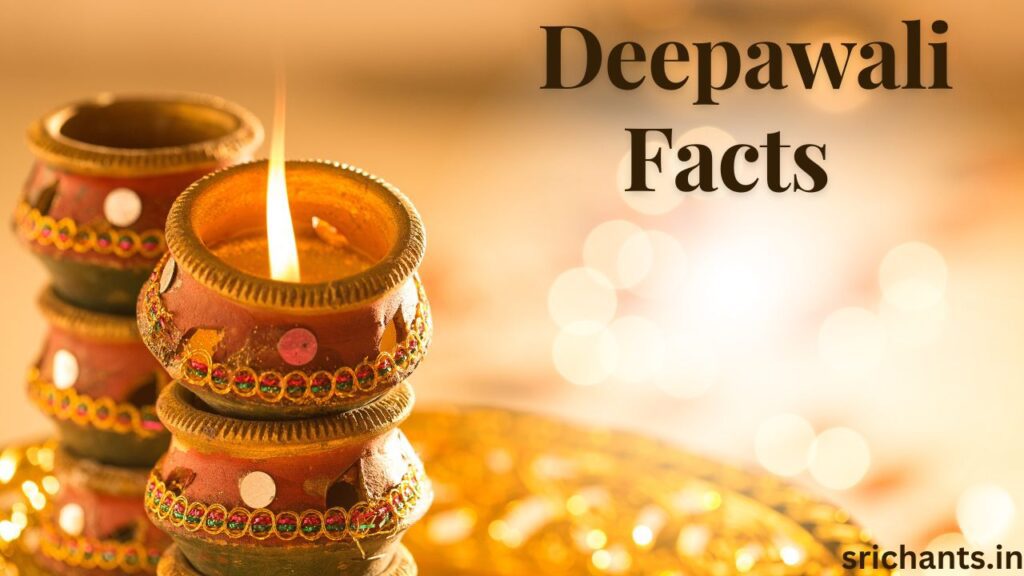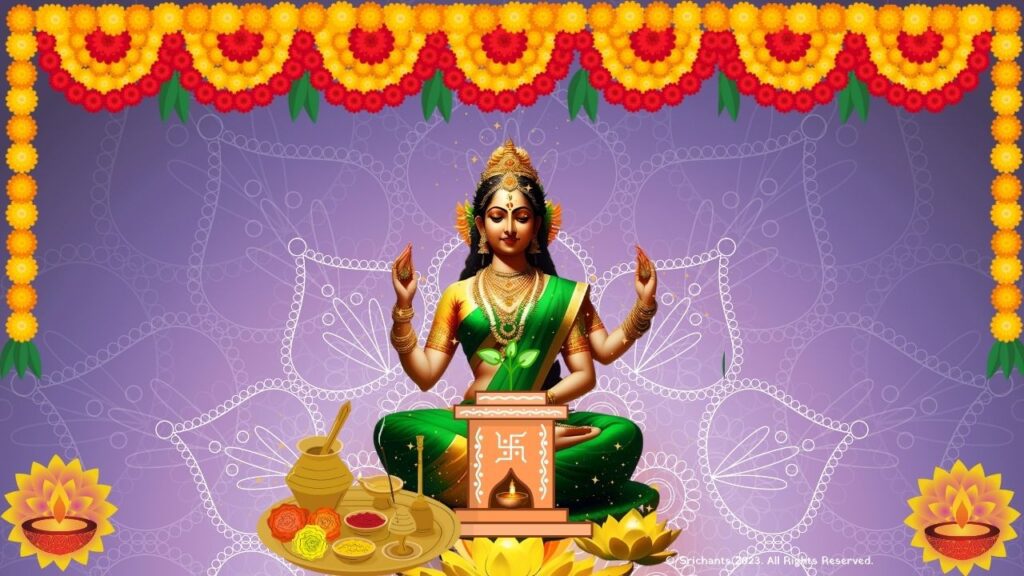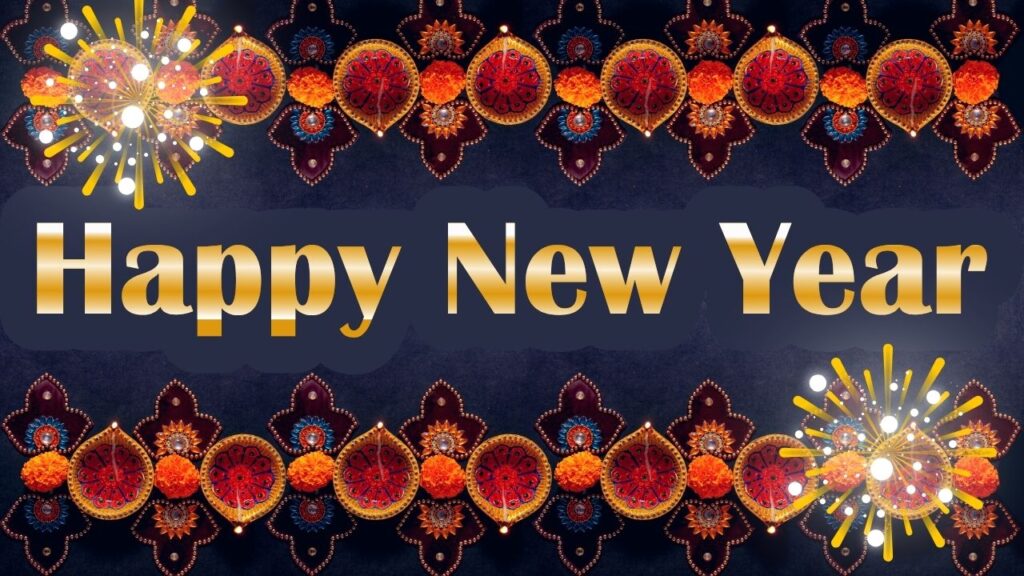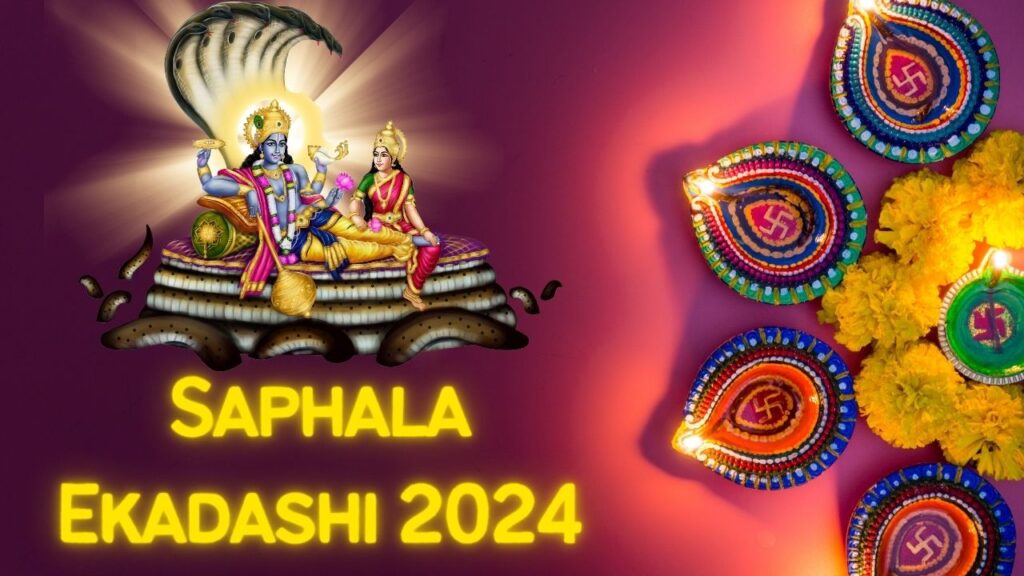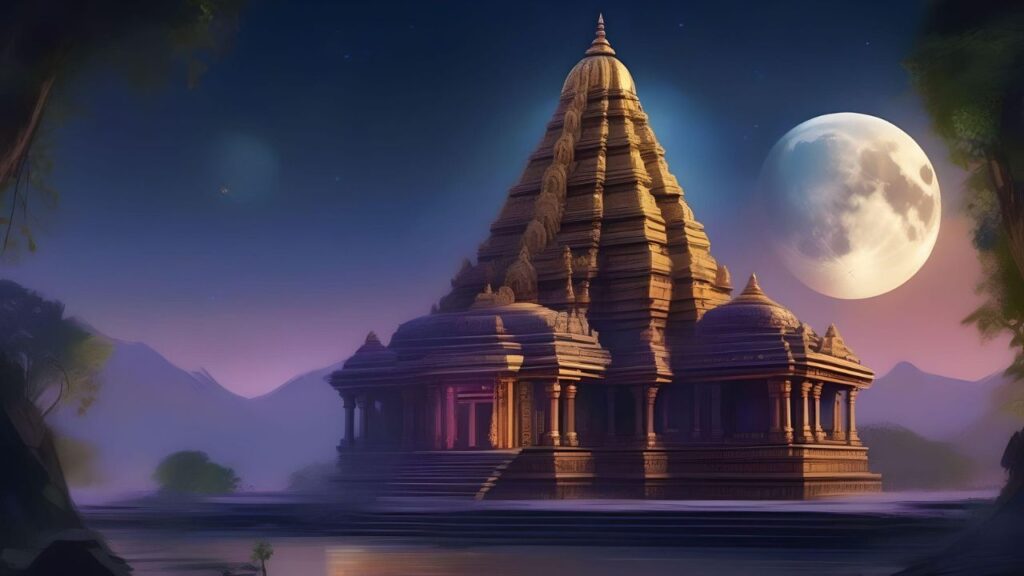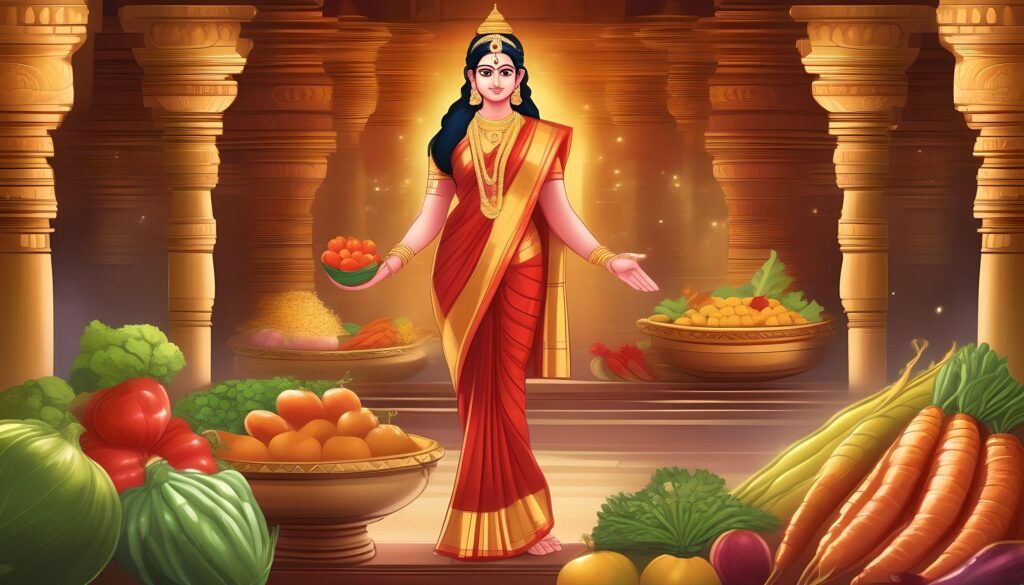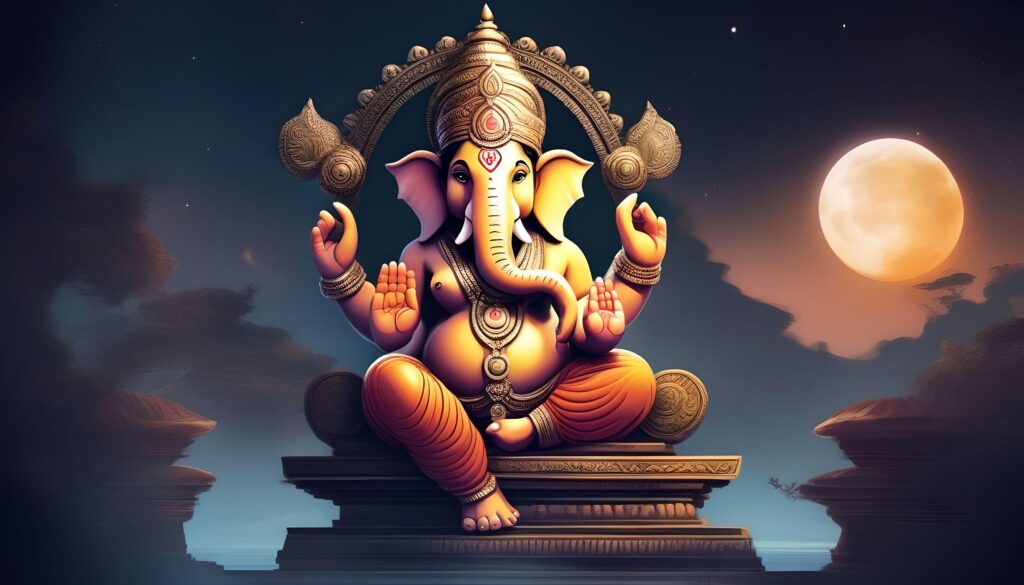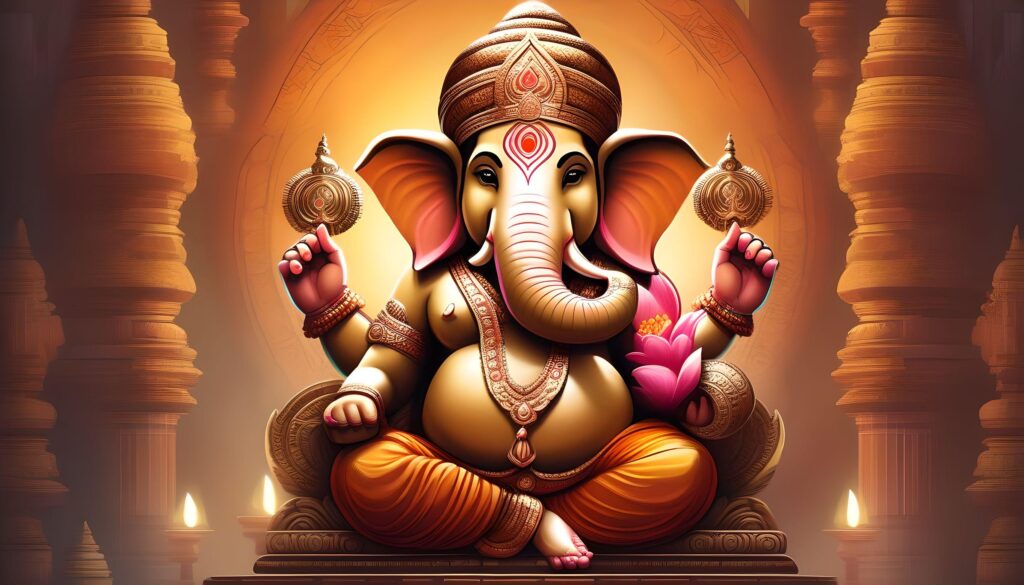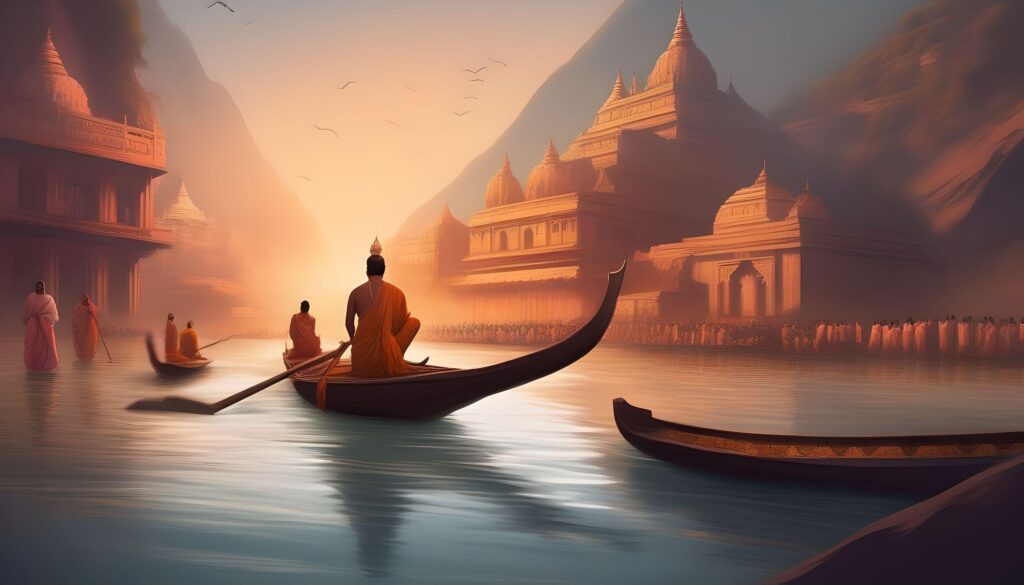Deepavali: Mind-Blowing Traditions Deepavali Diwali
Often referred to as the “Festival of Lights,” Deepavali—also known as Diwali or Deepa Vali—is one of the most observed holidays in India and celebrates family, wonderful food, and beautiful decorations. Celebrating Diwali, folks stand for the victory of knowledge over ignorance, good over evil, and light over darkness. For this event people of all religions, origins, and cultures gather.
Usually lasting five days, Deepavali each day has distinct significance. Families come to pray, feast, and celebrate as lights, firecrackers, and rich decorations flourish in the air.
The Story Behind Deepavali
Diwali has different stories and legends attached to it, depending on the region. However, the most famous story is about Lord Rama.
1. The Story of Lord Rama
The story of Lord Rama is central to Diwali celebrations in most parts of India. According to the Hindu epic Ramayana, Lord Rama, the prince of Ayodhya, was exiled from his kingdom for fourteen years. He went into exile with his wife, Sita, and brother, Lakshmana. During this time, a demon king named Ravana kidnapped Sita. After a long battle, Lord Rama defeated Ravana and rescued Sita. The people of Ayodhya, thrilled by Rama’s return, lit lamps all over the city to welcome him back. This event is celebrated as Diwali to honor Rama’s victory over evil.
2. The Story of Goddess Lakshmi
Some places celebrate Diwali as the day Goddess Lakshmi, the deity of riches and success, was born. People respect Lakshmi on Diwali since she is supposed to bestow upon them wealth and happiness. Since a clean house is supposed to bring luck, they arrange and decorate their homes to welcome the goddess.
3. The Story of Lord Krishna
Celebrated in Gujarat and other parts of India, Diwali marks the victory of Lord Krishna over the demon Narakasura. Harsh demon Narakasura tormented the gods as well as the people living on Earth. Lord Krishna’s triumph over him set the world free from his fear. Celebrating this win calls for lights, happiness, and prayers as well as other things.
4. The Story of the Pandavas
Still another myth comes from the epic Mahabharata. Having been away for twelve years, the five Pandava brothers reportedly returned to their own country on Diwali. Celebrations of happiness and illumination took place in respect of their coming. Considered to be quite lucky, many parts of India see people burning lights to mark the homecoming of the Pandavas on this day.

The Five Days of Diwali
Diwali is not a single-day celebration. It spans five days, each day with a unique name, ritual, and significance. Let’s look at what each day represents:
1. Dhanteras (Day 1)
First day of Diwali is called Dhanteras. On this day people buy gold, silver, and several utensils. Buying priceless items will bring them luck, they think, during the Dhanteras celebration. Due in great respect on this day is Dhanvantari, the god of health and Ayurveda. Families clean and decorate their houses during this period to get ready for the coming of Goddess Lakshmi.
2. Naraka Chaturdashi (Day 2)
The second day of the celebration of Naraka Chaturdishi, sometimes known as Choti Diwali. Lord Krishna defeated the demon Narakasura; this ceremony honors his accomplishment. The celebration of this day consists on the application of aromatic oils and the cleansing bath taken early in the morning. This day should also be used for leisure, cleaning, and getting the house ready for the major Diwali day.
3. Lakshmi Puja (Day 3)
Lakshmi Puja is the most significant day celebrated during Diwali. On this day people visit the gods Goddess Lakshmi and Lord Ganesha. Lakshmi is regarded as the goddess of wealth whereas Ganesha is recognized as the one who eliminates obstacles. Families utilize oil lamps, Diyas, rangoli, which are colorful designs, and lights to adorn their houses. With hopes that Lakshmi would bring wealth and happiness, they pray and carry out ceremonies to invite her into their houses.
4. Govardhan Puja (Day 4)
Celebrated on the fourth day is Govardhan Puja, sometimes referred to as Annakut. Northern India stresses especially the importance of this day. The occasion honors the time when Lord Krishna raised the Govardhan Hill to protect the residents from the flooding then in effect. Krishna is presented a range of dishes, then the food is served as prasad to everyone.
5. Bhai Dooj (Day 5)
The five and last day of the Diwali celebration is Bhai Dooj. Today honors the relationship that exists between brothers and sisters. Apart from wishing for their brothers’ health and offering sweets, sisters will mark their foreheads with a “tilak.” Brothers and sisters trade gifts with one another as a show of their love and protection.
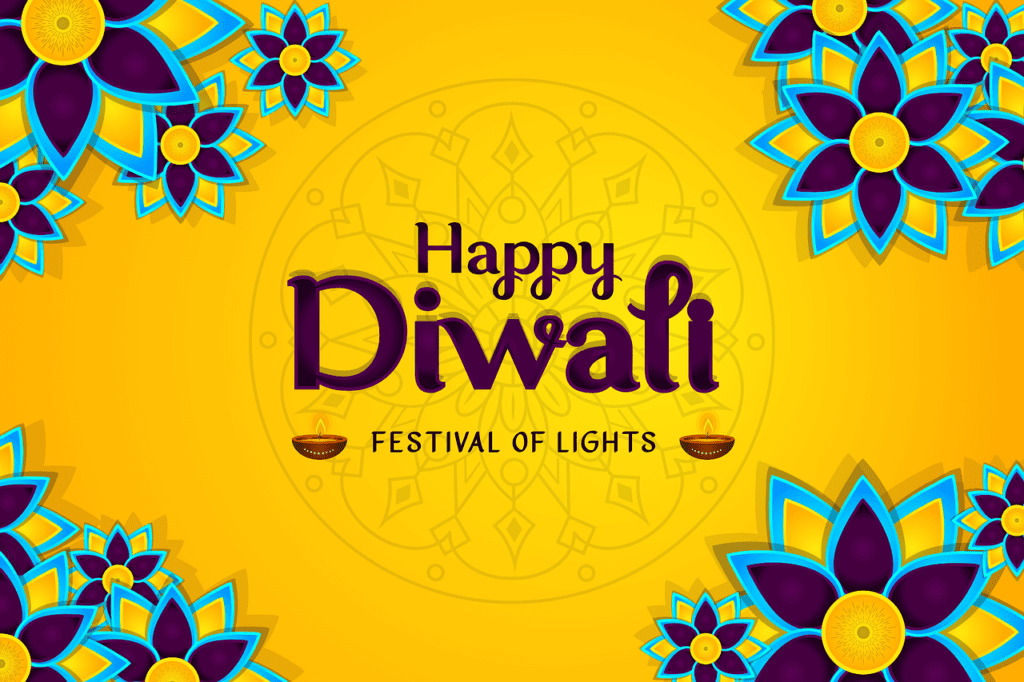
Diwali Preparations
Many weeks in advance, Diwali preparations get started. Families get together to clean their houses, go shopping for new clothes, and get sweets and drinks ready. There is a busy throng of people buying Christmas decorations, clothes, and gifts at every one of the several markets. Among the most common preparations for Diwali are the following:
1. Cleaning and Decorating
Most people agree that the goddess Lakshmi will only visit perfectly clean, nicely decorated homes. As such, individuals thoroughly clean their homes. Some even paint or renovate their homes before the Diwali celebration. They then cover the area with rangoli designs, flowers, diyas, and variedly colored lights.
2. Shopping
Shopping is an important part of Diwali preparations. People buy new clothes, gifts for family members, and household items. Buying gold, silver, or even a small piece of jewelry is considered auspicious.
3. Making Sweets
Sweets are an essential part of Diwali celebrations. Families prepare traditional sweets like ladoos, barfis, and gujiyas at home. These sweets are offered to guests, shared with friends, and distributed as prasad.
4. Decorating with Diyas and Lights
People light diyas and decorate their homes with electric lights. Diyas, or oil lamps, are an essential part of Diwali. They symbolize light, hope, and knowledge. Homes, temples, and streets glow with these beautiful lights.
The Rituals of Diwali
Diwali involves many rituals that vary from region to region. Some of the common rituals include:
1. Lakshmi Puja
On the main Diwali night, families gather to worship Goddess Lakshmi and Lord Ganesha. They offer sweets, flowers, and prayers. They believe that Lakshmi visits every home and brings wealth and prosperity.
2. Lighting Diyas
Lighting diyas is a traditional ritual. These lamps are placed at doorways, windows, and in every room. The light of diyas is believed to ward off evil spirits and darkness.
3. Bursting Firecrackers
Firecrackers are a fun part of Diwali celebrations. Children and adults alike enjoy lighting crackers, sparklers, and fireworks. However, people are becoming more aware of the harmful effects of firecrackers on the environment and are now moving towards eco-friendly Diwali celebrations.
4. Making Rangoli
Rangoli is an art form created using colored powders, rice, and flower petals. Beautiful patterns are drawn at the entrance of homes to welcome guests and Goddess Lakshmi. Rangoli adds color and beauty to Diwali.
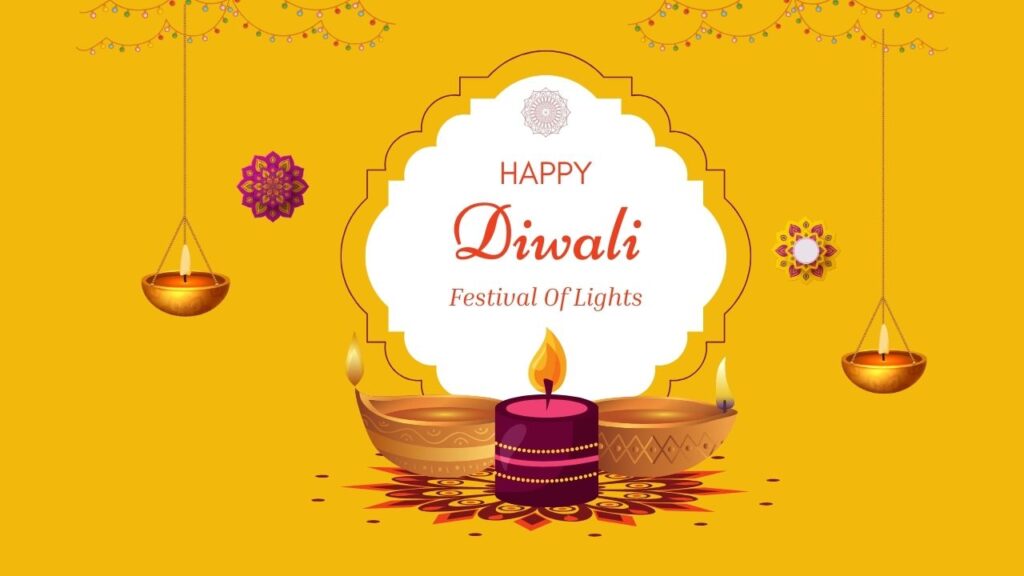
Modern Diwali Celebrations
Diwali celebrations have also evolved in reaction to the hectic modern society. Many families have moved to cities, far from their native areas. More simply, people celebrate Diwali with an eye toward strengthening family ties, gift-giving, and dining together.
Less detrimental to the environment celebrations of Diwali have also become rather popular. People are choosing to celebrate with less firecrackers so as to minimize their effect on the surroundings. Some of the several ways people celebrate Diwali include employing biodegradable materials for rangoli, electric lights, and eco-friendly diyas.
The Deeper Significance of Diwali
Diwali is celebrated with lights, sweets, and fireworks not only. Its spiritual meaning is really great. The meaning of the celebration is in the victory of good over evil and in light over darkness. It helps us to let go of our ignorance, wrath, and prejudice. Lighting symbolizes knowledge, peace, and inner power as well as direction.
During the Diwali holiday, people contact their families, strengthen their bonds, and celebrate together. The event supports deeds of kindness, giving, and help to people in need.
Celebrating Diwali Responsibly
While Diwali is a time of joy, it is also essential to celebrate responsibly. Here are some tips for a safe and eco-friendly Diwali:
- Limit Firecrackers: Firecrackers contribute to air and noise pollution. Choose to light fewer crackers or celebrate with eco-friendly crackers.
- Use Earthen Diyas: Instead of plastic or electric diyas, use traditional clay diyas. These are biodegradable and support local artisans.
- Eco-friendly Rangoli: Use natural ingredients like rice flour, flowers, and turmeric to make rangoli. This reduces the environmental impact and adds a natural touch to your decorations.
- Share with the Less Fortunate: Diwali is about sharing and giving. Donate clothes, food, or sweets to those in need. Sharing your joy with others adds true meaning to the festival.
Conclusion
People gather to celebrate the joyful event Diwali. That is a happy, light, hopeful time. Celebrating Diwali should help us to understand its deeper meaning: it is to overcome darkness both inside ourselves and in the surroundings. If we celebrate Diwali in a responsible way, we can make sure that everyone, including the environment, keeps enjoying it.
Frequently Asked Questions (FAQs) About Diwali
1. What is Diwali?
Diwali, also known as Deepavali, is a Hindu festival known as the “Festival of Lights.” It celebrates the victory of good over evil, light over darkness, and knowledge over ignorance.
2.Why do people celebrate Diwali?
Diwali is celebrated to honor various legends, primarily the return of Lord Rama to Ayodhya after defeating the demon king Ravana. It is also celebrated to honor Goddess Lakshmi and the victory of Lord Krishna over Narakasura.
3. How long does Diwali last?
Diwali lasts for five days. Each day has its own significance and rituals, starting from Dhanteras to Bhai Dooj.
4. What are the five days of Diwali?
The five days of Diwali are Dhanteras, Naraka Chaturdashi (Choti Diwali), Lakshmi Puja (Main Diwali), Govardhan Puja, and Bhai Dooj.
5. How do people celebrate Diwali?
People celebrate Diwali by cleaning their homes, decorating with lights and rangoli, performing prayers, exchanging gifts, preparing sweets, and lighting firecrackers.
6. Why do people worship Goddess Lakshmi on Diwali?
Goddess Lakshmi is worshipped on Diwali because she is the goddess of wealth and prosperity. People believe that by worshipping her, she will bless them with abundance and happiness.
7. What is the significance of lighting diyas during Diwali?
Lighting diyas symbolizes the victory of light over darkness and knowledge over ignorance. It is believed to ward off evil and bring peace and prosperity.
8. What sweets are prepared for Diwali?
Traditional sweets like ladoos, barfis, kaju katli, and gujiyas are commonly prepared for Diwali. These sweets are offered to guests, shared with family, and given as gifts.
9. What is eco-friendly Diwali?
Eco-friendly Diwali focuses on reducing pollution and waste. It includes using fewer firecrackers, biodegradable decorations, and natural materials for rangoli.
10. Can non-Hindus celebrate Diwali?
Yes, Diwali is celebrated by people of various religions and cultures worldwide. It is a festival of joy, light, and unity that everyone can enjoy and appreciate.
Reference: Buy Books Here
#deepavali #diwali #deepa #vali #happydiwali
